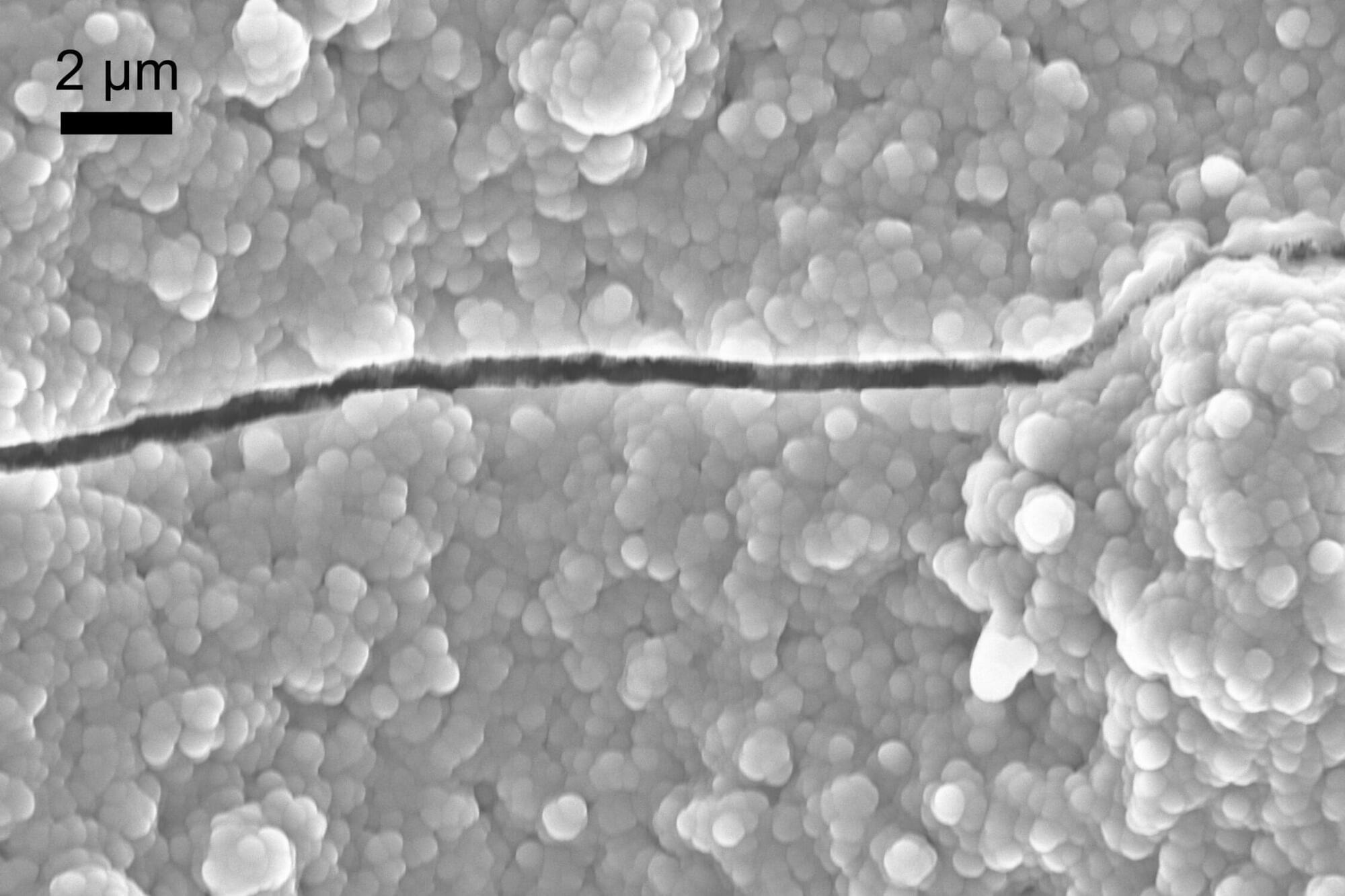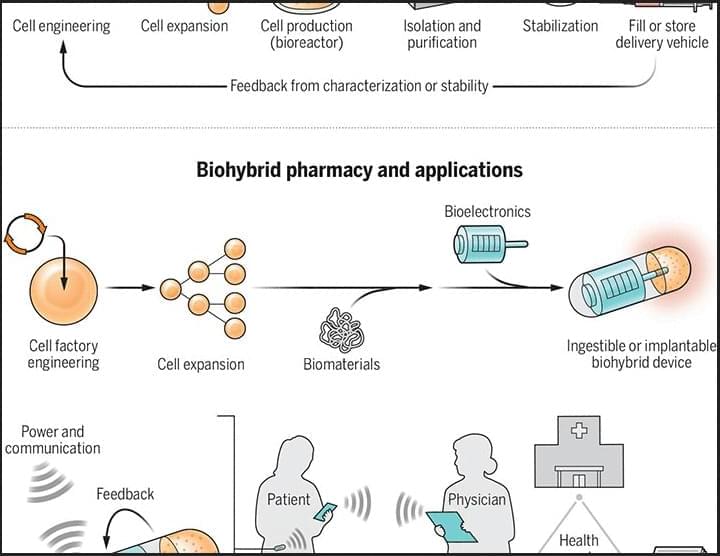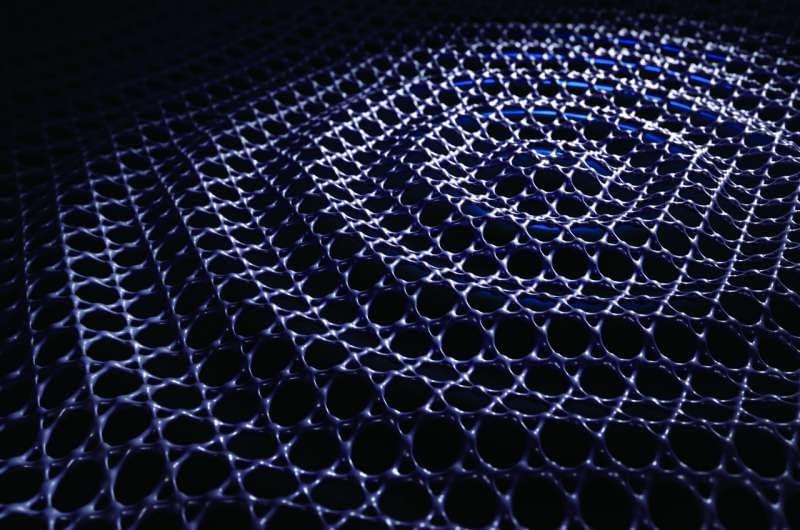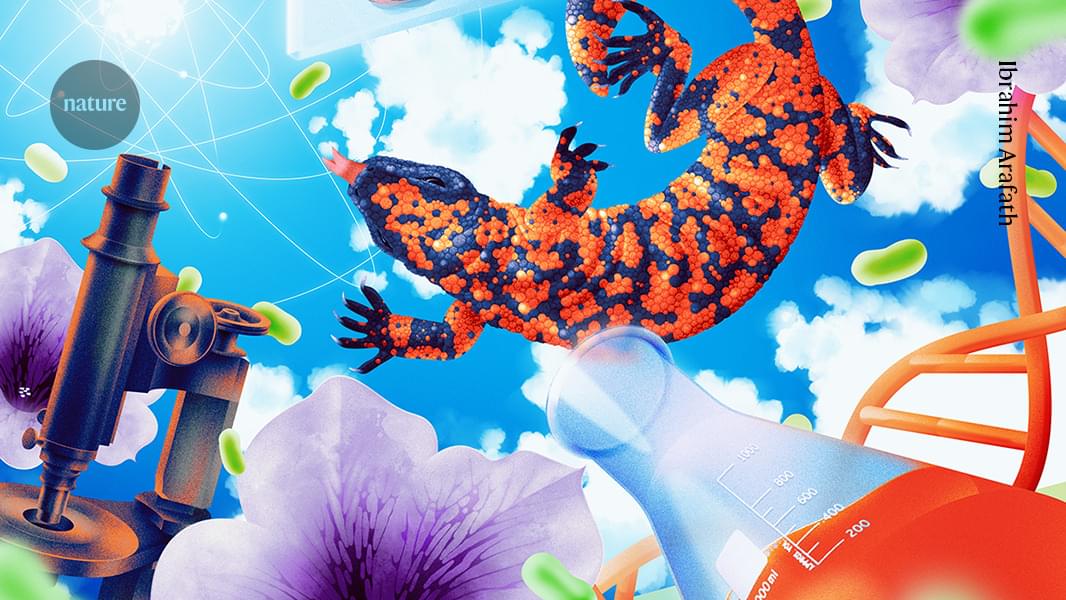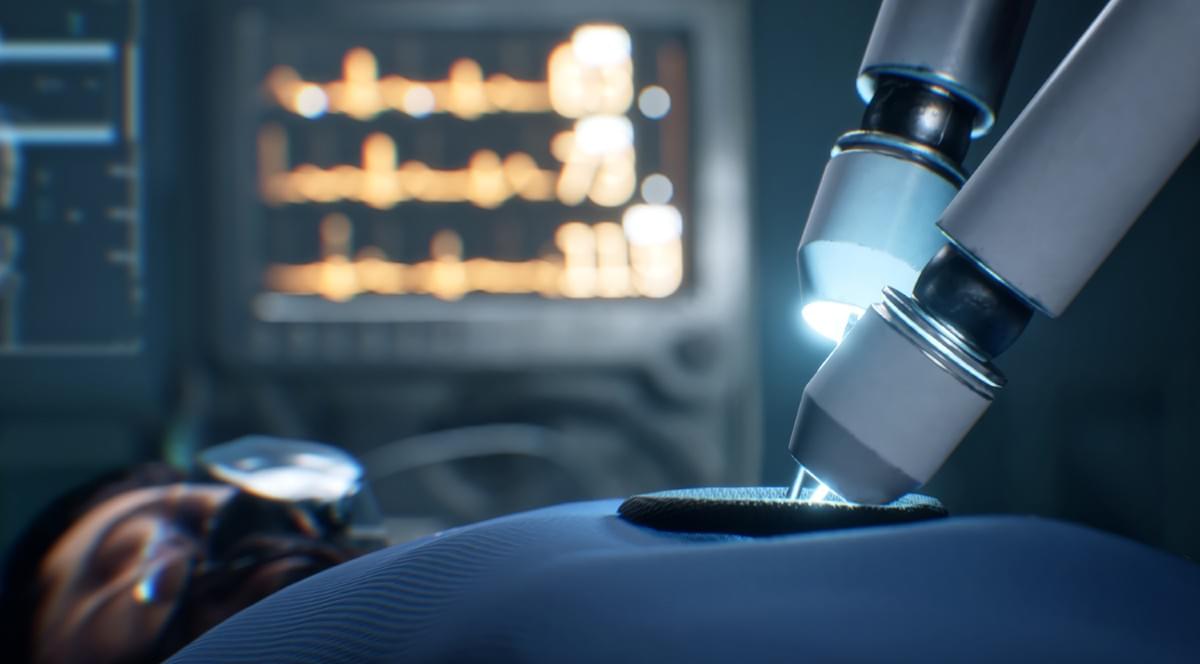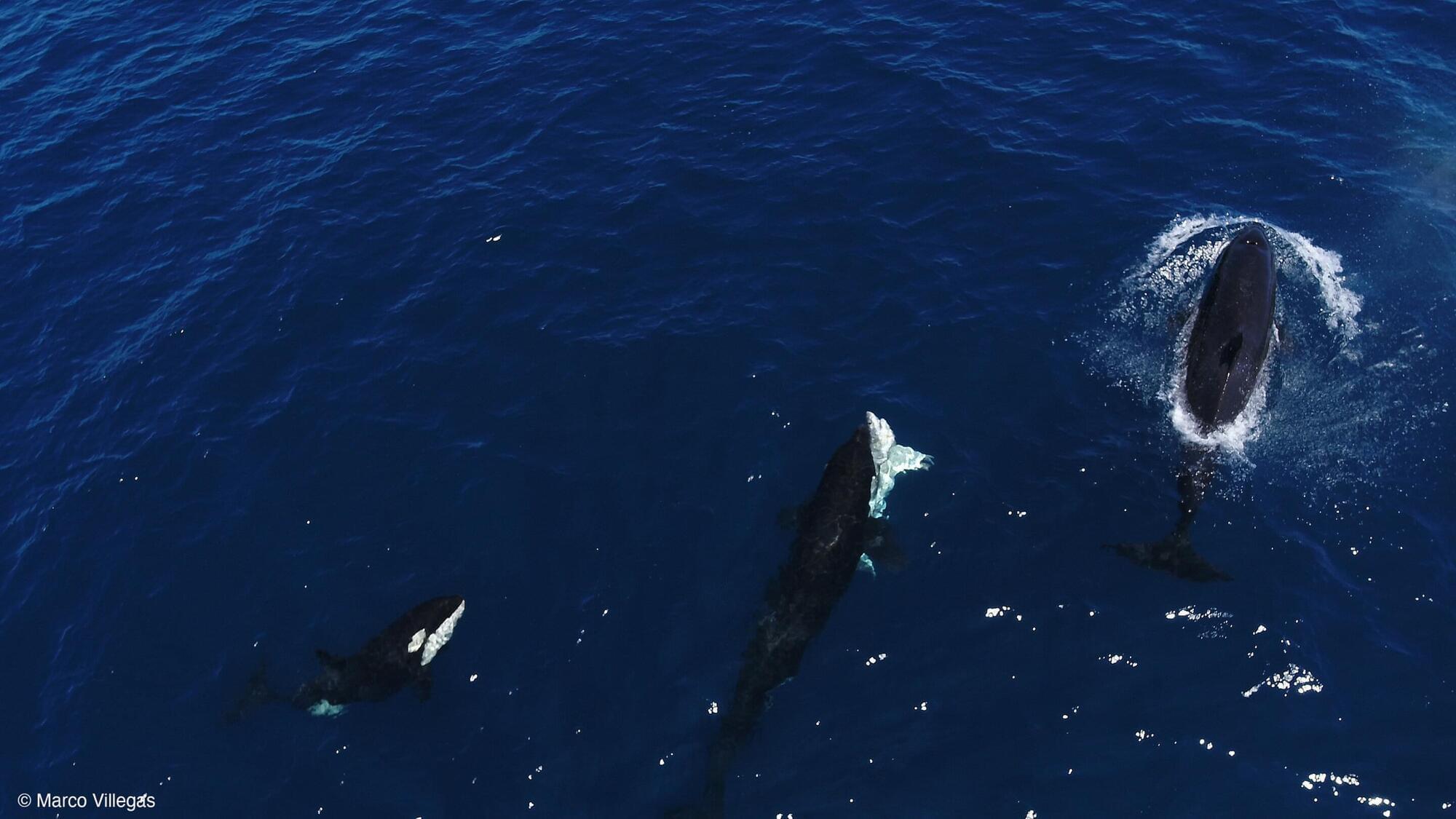Hydrogen is already an important source of energy. The $250 billion industry supports fertilizer production, steel manufacturing, oil refining, and dozens of other vital activities. While nearly all hydrogen produced today is created using carbon-intensive methods, researchers are racing to develop cheaper ways of producing hydrogen with a lower carbon footprint.
One of the most promising approaches is water electrolysis, a process that uses electricity to power a reactor—called an electrolyzer—to split water (H2O) molecules into hydrogen (H2) and oxygen (O2).
Electrolyzers rely on a thin membrane that blocks O2 and H2 molecules while allowing positively charged hydrogen atoms —called protons—to pass through.
